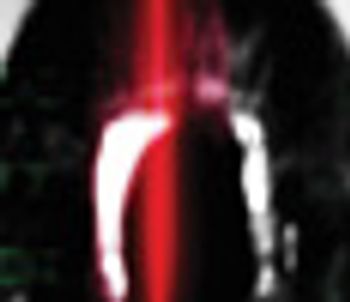
Tunable diode laser absorption spectroscopy is hitting the mainstream. Here, we look at the history of the technique, the current state of the technology, and future challenges.
Steven G. Buckley, PhD, is the General Manager of the Applied Systems business at Ocean Insight, an affiliate associate professor at the University of Washington, and has started and advised numerous companies in spectroscopy and in applications of machine learning. He has approximately 40 peer-reviewed publications and 6 patents. His work in practical optical spectroscopy, such as LIBS, Raman, and TDL spectroscopy, dovetails with the coverage in this column, which reviews methods (new and old) in laser-based spectroscopy and optical sensing.

Tunable diode laser absorption spectroscopy is hitting the mainstream. Here, we look at the history of the technique, the current state of the technology, and future challenges.

A look at how high-powered ultrafast lasers are moving toward widespread use in spectroscopy and in industrial settings and the developments that are driving these changes

With methods such as infrared, Raman, and LIBS, the spectral background contains a wealth of information about material properties of the sample. Now, such information can be derived by artificial intelligence and machine learning algorithms.

Infrared reflectance and absorption spectroscopy have been practiced for decades. New capabilities in detectors and light sources are quickly changing the landscape in the near- and mid-infrared, where fundamental vibrations and overtone bands allow sensitive measurements in applications related to food safety, precision agriculture, energy, and smart manufacturing, to name a few. This article outlines some of the most recent innovations and how they might be applied in real-world systems.
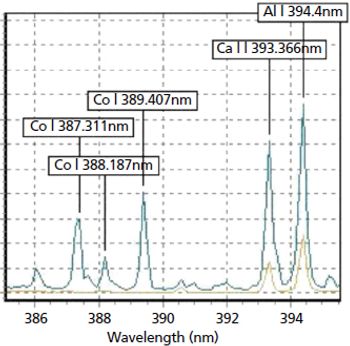
The TSI® LIBS Desktop Analyzer laser induced breakdown spectroscopy (LIBS) instrument allows simultaneous determination of all detectable elements present in the material being analyzed.

This article explores the use of laser-induced breakdown spectroscopy (LIBS) for measurements of elemental concentrations and bulk properties of heterogeneous, earthen-based samples. Rapid field and industrial measurements of these matrices are difficult using traditional methods.
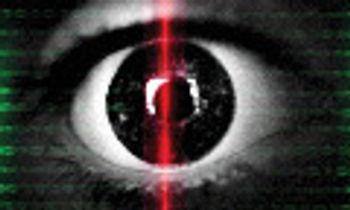
Users must be careful when developing material classification and calibration methods for LIBS. By following some guidelines, one can achieve relative standard deviation values of 2–3% for many types of analysis, and below 1% for homogenous samples.
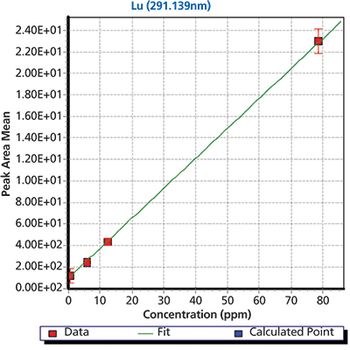
The lanthanide series is a series of metallic elements, with atomic numbers 58 through 71, which are - in order of increasing atomic number - cerium, praseodymium, neodymium, promethium, samarium, europium, gadolinium, terbium, dysprosium, holmium, erbium, thulium, ytterbium, and lutetium.

The choices for LIBS hardware are discussed in detail, particularly lasers and spectrometers, and the trade-offs between cost, size, and performance are illustrated.

An overview for those considering implementation of LIBS to solve a particular analytical problem, and an introduction for those interested in learning more about LIBS. Part I concentrates on the basics of the measurement and typical implementation.

The 2013 meeting of NASLIBS will be held from September 29 to October 4 at the SciX conference in Milwaukee, Wisconsin (http://scixconference.org/). The program offers 11 sessions and extends for the duration of the conference. Session topics include data analysis from the Curiosity Mars Rover, quantification of LIBS results, new hardware and methodologies, hyphenated LIBS, and applications from forensics to industrial measurements.

Advances in hardware and in data analysis make Raman and laser-assisted spectroscopy techniques valuable in hazardous materials analysis.
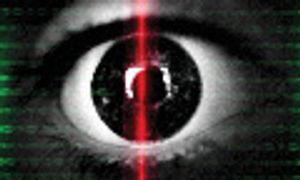
Published: April 1st 2014 | Updated:

Published: January 1st 2014 | Updated:

Published: May 16th 2013 | Updated:
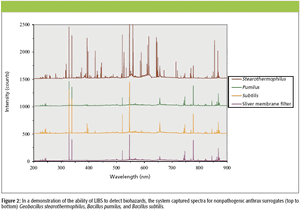
Published: April 1st 2010 | Updated:

Published: October 1st 2014 | Updated:
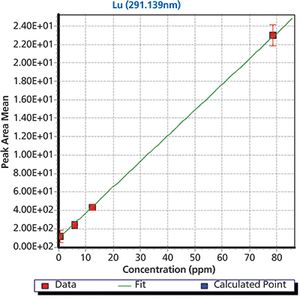
Published: September 1st 2014 | Updated: